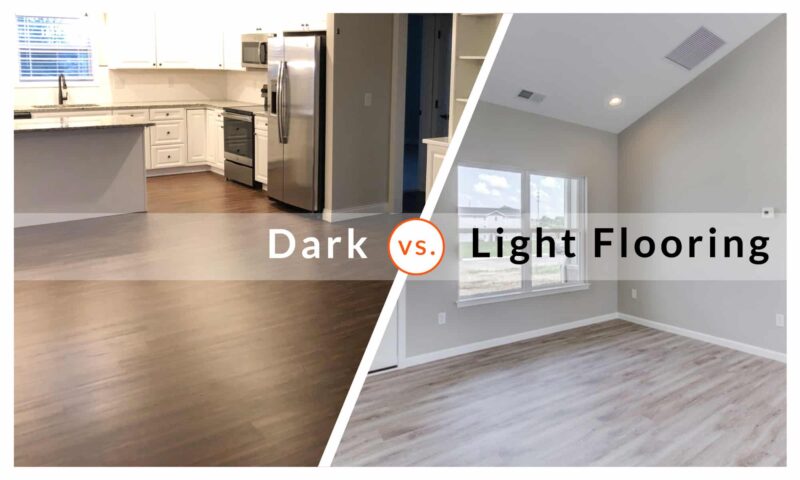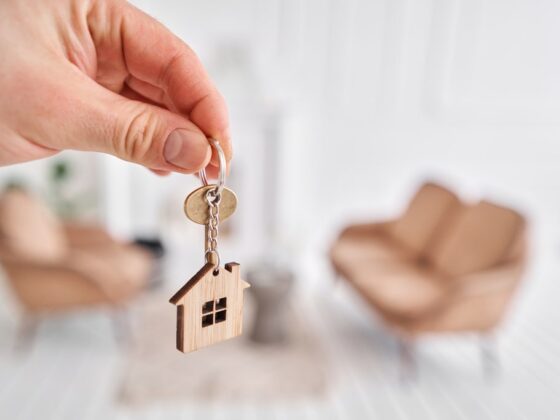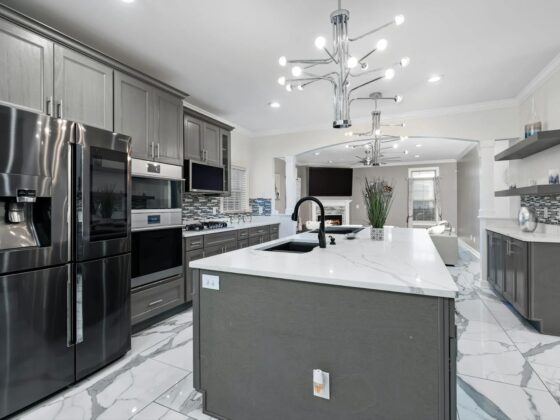Choosing between dark or light wood flooring can be tough for homeowners. Each has its own look and benefits. This makes it hard to decide which is right for your home.
In this guide, we’ll compare the pros and cons of dark vs light wood floors. This will give you the information you need to make the best choice. Whether you prefer the richness of dark wood or the airy feel of light wood, keep reading to find out which option fits your home’s look and your practical needs.
Let’s explore the differences between dark and light wood floors!
Benefits of Dark Wood Floors
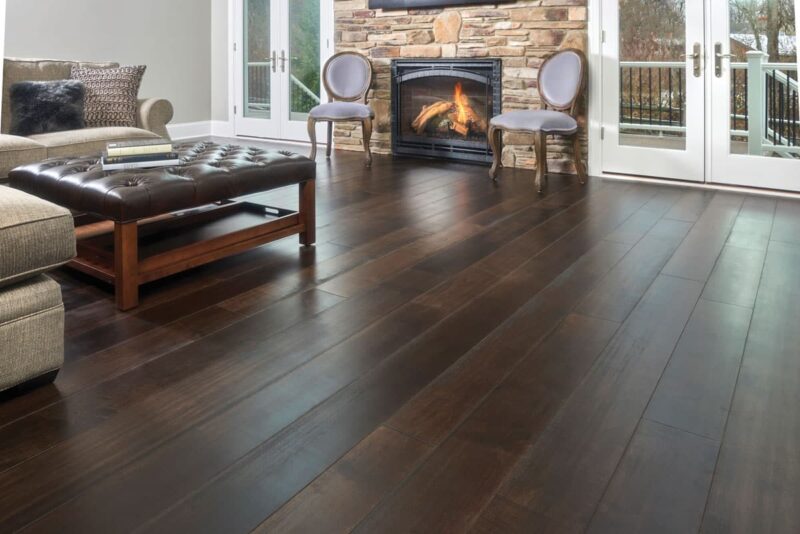
Dark wood floors have become increasingly popular in recent years, and for good reason. Not only do they add a touch of elegance and warmth to any space, but they also offer a range of benefits that make them a desirable flooring choice.
1. Aesthetically Pleasing
Dark wood floors offer a rich and sophisticated look that can elevate the overall design of any room. Their deep hues create a striking contrast with lighter walls and furniture, making them a popular choice for modern and traditional interiors alike.
2. Hides Scratches and Dents
One of the practical benefits of dark wood is its ability to conceal imperfections. Scratches, dents, and other signs of wear can be less noticeable on darker surfaces, helping your floors to retain their appearance longer, which is beneficial for busy households.
3. Works Well with Various Decor Styles
Dark wood is versatile, pairing beautifully with various design styles, from rustic to contemporary. It seamlessly integrates into both minimalist and eclectic decors, offering you plenty of flexibility in your interior design choices.
4. Energy-Efficient
Dark wood naturally absorbs heat, which can help maintain warmth in your home during colder months. This characteristic can potentially reduce heating costs, making them a more energy-efficient option as it keeps rooms cozy.
5. Increases Home Value
Installing dark wood flooring can enhance your home’s marketability. Potential buyers often view wood floors as a luxury feature, which can positively influence home valuations. This installation can significantly impact selling your space if you plan to move in the future.
6. Can Mask Dirt and Debris
Unlike lighter floors, dark wood can effectively camouflage dust and pet hair. This benefit means less frequent cleaning and maintenance, which can be a great advantage for busy families or pet owners.
7. Timeless Appeal
Dark wood flooring has a classic, timeless appeal that never really goes out of style. Choosing dark wood can be a wise investment since they continue to remain popular, ensuring that your space feels current and inviting. By weighing the pros and cons and considering alternatives-such as the options available for the best laminate flooring made! You can create a space that reflects your personal style while meeting your functional requirements.
8. Variety of Shades
From rich mahogany to deep walnut, dark wood floors come in various shades, allowing homeowners to choose a hue that fits their personal style. This variety ensures that anyone can find a wood type that fits their decor taste.
Drawbacks of Dark Wood Floors
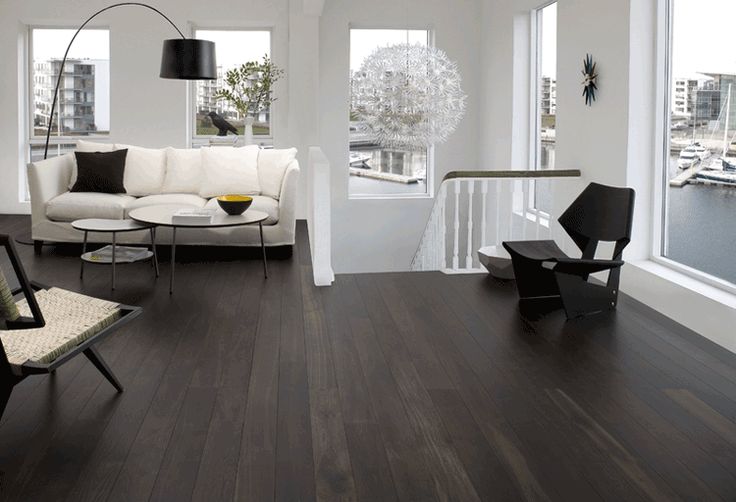
Dark wood floors, while beautifully designed and popular in many homes, come with a few drawbacks that homeowners should consider.
1. Can Make Rooms Feel Smaller
One downside of dark wood floors is that they can make a room feel smaller or cozier, which might not be suitable for spaces where an airy and fresh vibe is preferred. If you have smaller rooms, you may want to consider how dark floors will visually impact those areas.
2. More Maintenance Required
While dark floors can hide dust, they also tend to show scratches, scuff marks, and other imperfections more prominently than lighter options. Increased visibility can make maintaining their pristine appearance a challenge, especially in high-traffic areas.
3. Can Retain Heat
While dark wood absorbs warmth, it can also trap heat, causing rooms to feel uncomfortably warm, especially in summer. This characteristic might necessitate increased air conditioning costs or managing airflow differently.
4. Limited Resale Appeal
Although dark wood floors have a high-end aesthetic, some buyers prefer lighter options. If you’re planning to sell your home in the foreseeable future, it’s essential to consider how the color may affect potential buyers’ preferences.
5. Can Show Water Damage
Dark wood floors are more likely to show water damage if not properly maintained. Light-colored moisture on dark wood can create stubborn stains or warping, which might require professional repair or replacement.
6. Requires Professional Installation
Installing dark wood floors often requires professional help, increasing the overall investment in your flooring. This added cost can make dark wood less appealing for budget-conscious homeowners.
7. Can Be Slippery
Some types of dark wood flooring, particularly those with a glossy finish, may become slippery, posing a safety risk, especially for children and the elderly. It’s crucial to consider the safety of your space when selecting flooring.
8. Limited Options for Some Types
Depending on the wood species and stain, there may be limited options for dark wood flooring compared to lighter varieties. Availability can dictate your choice, so it’s wise to explore your options to find what suits your home best.
The Surprising Benefits of Choosing Light Wood Flooring
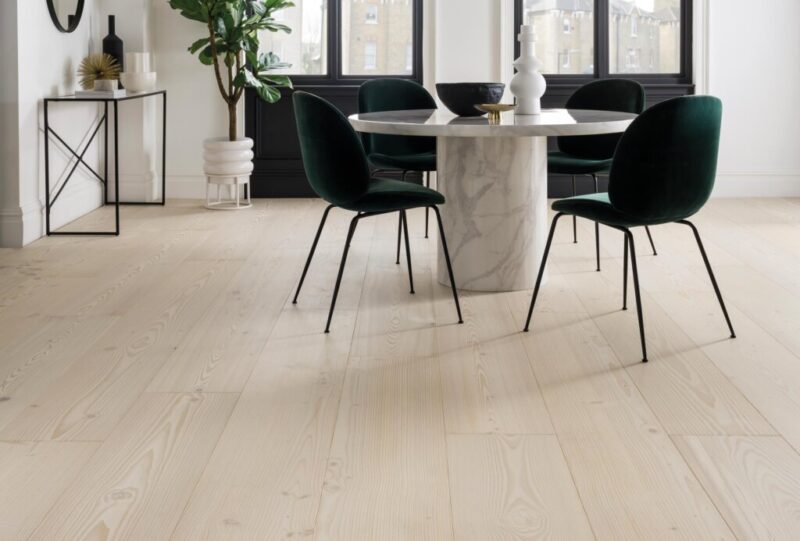
Light wood flooring has been gaining popularity in recent years as homeowners are realizing the many benefits it offers. The surprising benefits of choosing light wood flooring include:
1. Bright and Airy Atmosphere
Light wood floors can significantly brighten up a room, creating an open and inviting atmosphere. They reflect natural light effectively, making spaces feel larger and more spacious, which is especially beneficial for smaller rooms.
2. Versatile Design Options
Light wood floors complement various interior styles, from modern to traditional. They provide a neutral backdrop that allows for easy color coordination with furniture and decor, enabling you to switch up your space’s look without changing the floors.
3. Warmth and Comfort
Wood inherently retains warmth, making light wood floors feel cozy underfoot, even in cooler months. The lighter tones can bring a natural warmth to your home, enhancing comfort in living spaces.
4. Easy Maintenance
Generally, light wood floors show less dirt and dust compared to darker varieties. This attribute makes maintenance simpler, as they don’t require constant cleaning to look fresh. A regular sweep and occasional mop can suffice.
5. Enhanced Resale Value
Light wood floors are often more desirable among homebuyers, potentially increasing your property’s resale value. Their timeless appeal means your home can attract buyers across different demographics.
6. Environmentally Friendly Options
Many light wood flooring materials available today are sourced sustainably. Homeowners can choose from options like bamboo or reclaimed wood, contributing to eco-friendly decisions for their homes.
7. Evidence Shows Lighter Floors Boost Mood
Research suggests that lighter colors can enhance mood and productivity. If you’re looking for a space that promotes positivity and energy, light wood floors can be a great choice.
8. Works Well with Radiant Heating
Light wood floors generally pair exceptionally well with radiant heating systems. These systems can provide a comfortable temperature without the risk of warping often associated with some types of wood flooring.
The Disadvantages of Light Wood Floors

Light wood floors may look beautiful and add a touch of elegance to a room. Yet, they also come with a set of disadvantages.
1. More Susceptible to Scratches
One of the primary disadvantages of light wood floors is that they can be more susceptible to scratches and dents. Lighter finishes may expose imperfections more than darker finishes, leading to greater visible wear over time.
2. Stains can be More Noticeable
While reductions in dust visibility are beneficial, light wood floors can make stains more apparent. Spills must be cleaned promptly to prevent any long-lasting marks on the surface.
3. Fading with Sun Exposure
Over time, light wood floors can fade due to prolonged exposure to sunlight. This fading can alter the floor’s appearance and may require the application of protective coatings regularly.
4. Limited Warmth in Certain Decor Styles
In some design scenarios, light wood floors can appear cold or sterile, especially in spaces styled with minimalistic aesthetics. They may require strategically chosen accessories to warm up the appearance of the room.
5. Price Considerations
High-quality light wood options can come with a higher price tag. Homeowners on a budget may find that the costs quickly add up when considering installation along with the flooring materials.
6. Installation Challenges
Installing light wood floors can pose challenges, especially if the subfloor is not level. It may require additional preparation, leading to increased labor costs and time during the installation process.
7. Requires Regular Maintenance
While light wood may show less dust, it does need regular maintenance to retain its original beauty. Oil and wax finishes might be required periodically to protect against wear and enhance shine.
8. Not Ideal for High-Traffic Areas
In spaces with high foot traffic, light wood floors may not hold up as well compared to darker varieties. Consider using mats or rugs in these areas to minimize damage and wear.
Discover the Pros and Cons of Dark vs Light Wood Floors for Your Home
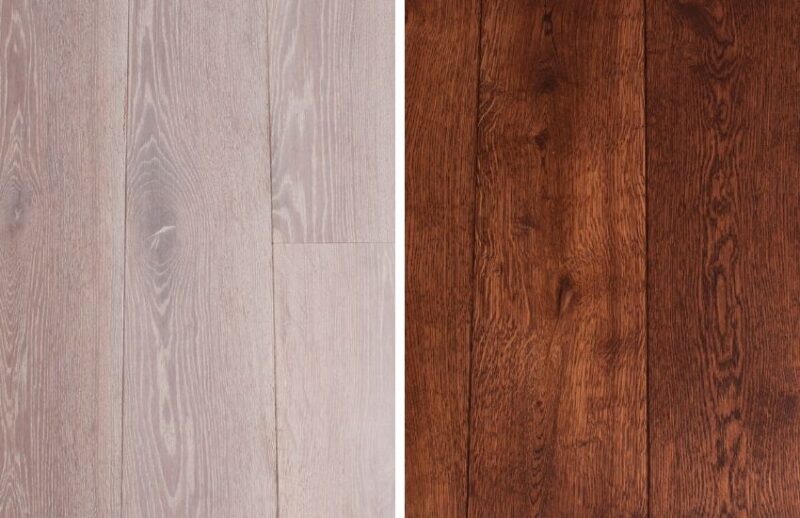
When considering dark vs light wood floors, it is important to weigh the pros and cons based on your personal preferences and lifestyle. While dark floors provide a luxurious and dramatic look, light floors offer a warm and airy feel. Both options have their own unique benefits and drawbacks.
Ultimately, it’s best to consult with a flooring professional to determine the best choice for your space and needs. Make an informed decision and transform your home with the perfect floor choice.
Looking for more? Make sure to bookmark our page and come back to check out more articles.
